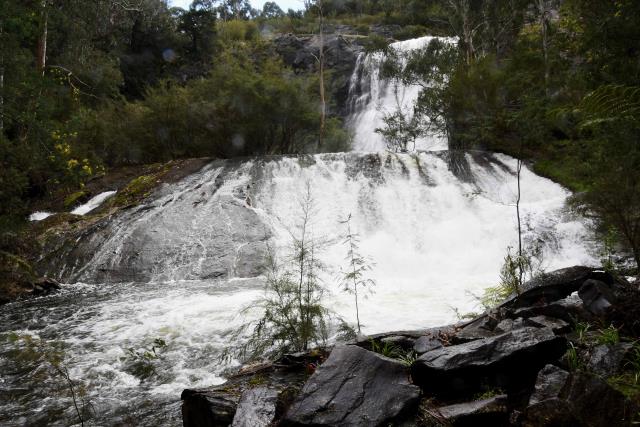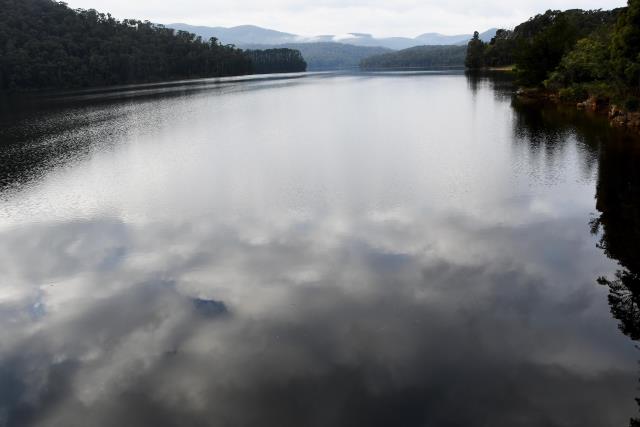
By Mikayla van Loon
With heavy rain seemingly the norm at the moment, Star Mail took a look at the levels in Melbourne’s dams.
Across Melbourne Water’s 10 major reservoirs, water storage levels are at 98.1 per cent or 1,777,888 megalitres, with Maroondah, O’Shannassy, Yan Yean, Tarago and Thomson all at 100 per cent.
This month alone, dam catchments are 10 per cent fuller than last year, close to 20 per cent higher than 2020 and 35 per cent higher than 2018 and 2019.
These are similar figures across all months of the year since 2018.
A Melbourne Water spokesperson said the La Niña prediction released on 12 September, which will make it the third time since 1900, coupled with heavy rainfall over winter has seen higher than usual reservoir levels.
“Due to higher than usual rainfall over winter, coupled with La Niña weather conditions, Melbourne Water’s current storage levels across the majority of our storage reservoirs and dams are very high, with some reservoirs at capacity,” they said.
“The total volume stored in Melbourne’s water storages is now the highest since 1996.”
While normal for the O’Shannassy, Maroondah, Yan Yean and Tarago reservoirs to reach full capacity, the Thomson’s spillway was used for the first time in 25 years.
Local spillways, like that at Maroondah, connect to surrounding waterways, including the Yarra River which will require monitoring throughout the La Niña summer given previous flooding events.
“Our water supply system is interconnected between the reservoirs and rivers, and is designed for active movement of water around the system, when storage levels in one area are increasing,” the Melbourne Water spokesperson said.
“Carefully managed and controlled releases will occur throughout Spring and possibly into Summer, depending on rainfall in the catchment, to maintain a safe operating range of our storages.”
Melbourne Water expects the annual amount of water flowing into the four major harvesting reservoirs to be the highest since 1996.
The daily megalitre intake at Maroondah is 461ML, compared to the average of 243ML for November, while the Upper Yarra catchment is seeing a water flow of 1,514ML per day compared to the November daily average of 384ML.
This will test the water supply system, however, summer is typically the time of year requiring a larger volume of water to meet population demands but Melbourne Water is confident it is on top of the risks.
“Our focus is to keep the community safe. Our expert team is working 24/7 to assess further rain events, and manage releases to reduce the risk of any impacts downstream.
“Water releases are an important part of streamflow to waterways and positively contribute to environmental outcomes.
“Greater Melbourne storages are in the best position they have been for a long time. In times of drought, storage levels can drop by 20 per cent in twelve months.”







